Ed Grenby dons his cowboy hat on this tour of railroad towns and cool-cat cities across the great States
Glenwood Springs, Colorado
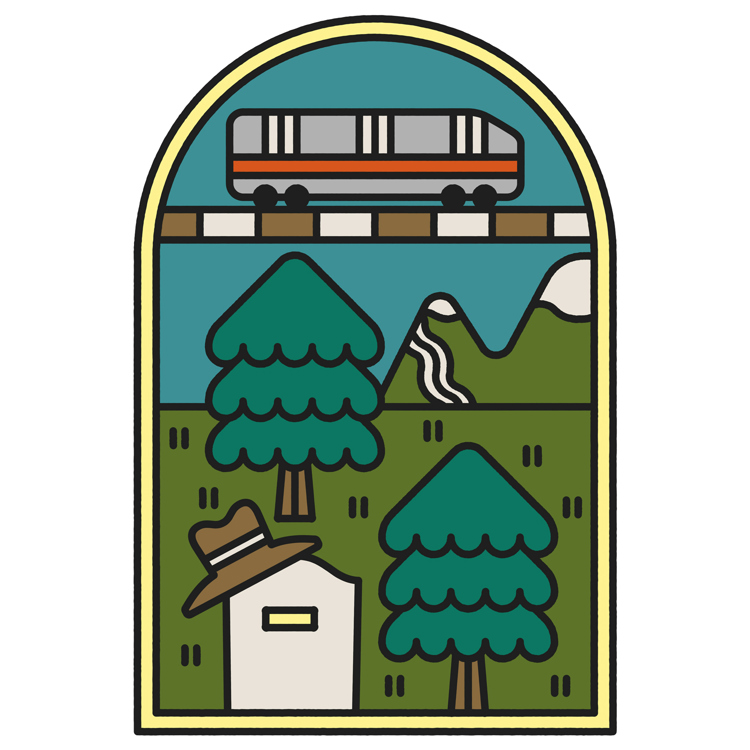
When you build a town around some lukewarm water, it’s always going to have a charming modesty about it. The hot(-ish) springs here – and their gently steaming open-air pool complex – remain the main attraction, but the scenic Colorado River-hugging railroad brings only a handful of visitors a day. They wander the still fairly Wild West-feel streets (where you can find a gun shop, tattoo parlour, saloon and chapel all on the same block) and the Pioneer Cemetery, where – despite the cigarettes and bourbon they leave by his grave – legendary OK gunfighter Doc Holliday rests in peace.
Islamorada, Florida
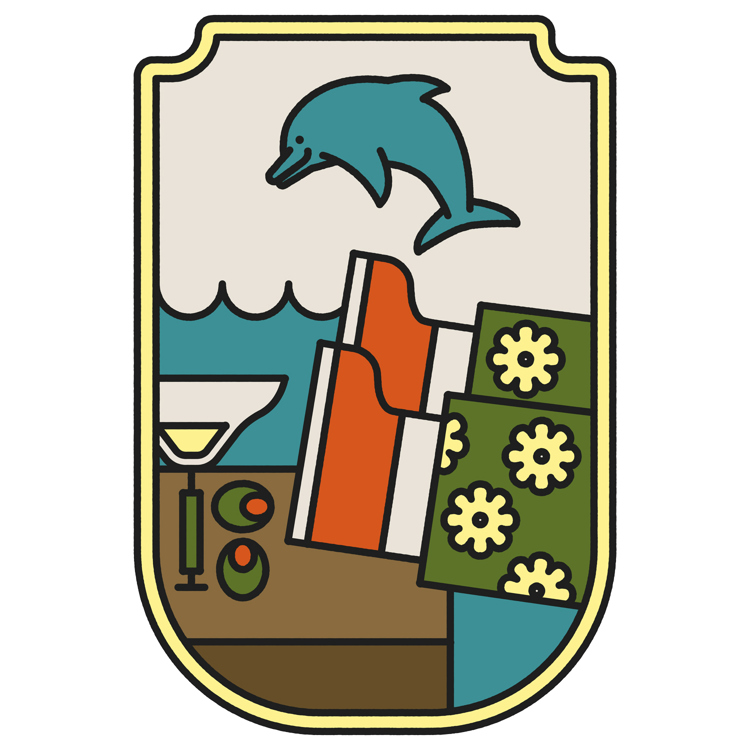
The Florida Keys drip invitingly off the end of continental USA into the Caribbean, but Key Largo at one end and Key West at the other are now bustling mini-cities. In between, the islets retain their sleepily independent character, and Islamorada is a dozy doozy. Here, one in every three people you see are hippie retirees with a quirky line in winsome seashell art that they sell from their shoreside cottages – and the other two are dolphins. (Don’t worry, the few nut-brown hippies who don’t do art do fishing and dolphin-watching trips.)
St Francisville, Louisiana

It’s not quite the same now you can no longer arrive by paddlesteamer down the Mississippi itself, but roll a couple of hours up Route 61 (known here as the Blues Highway) from New Orleans, and you’ll soon find yourself in a world of decorous plantation houses, rocking chairs on porches and cooling mint juleps to mitigate the sultry heat of southern Louisiana. The history is as murky as the bayou – the ghost of slavery looms large – but today Spanish moss-draped Rosedown Plantation and The Myrtles are pure peace.
Chatham, Massachusetts
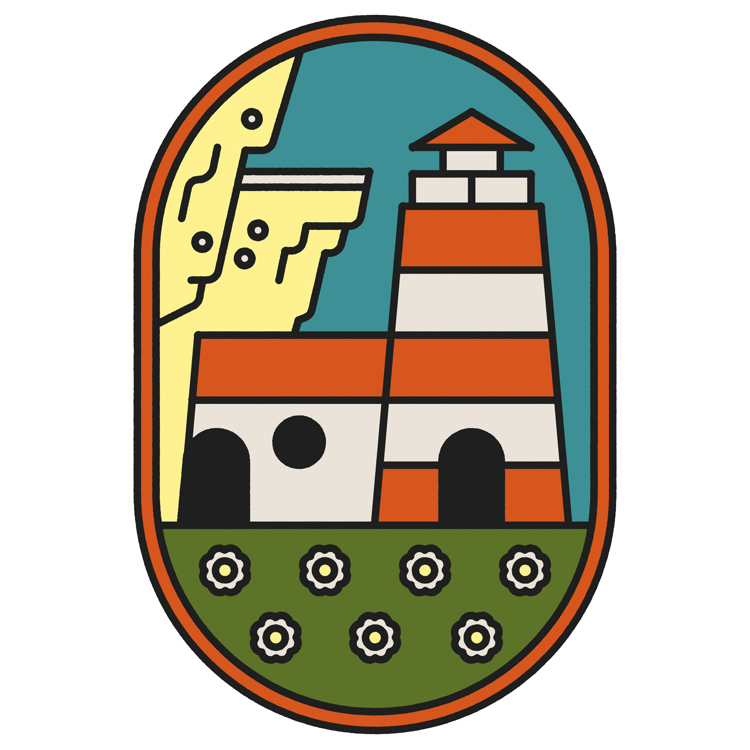
If Cape Cod is as cute as a boutique button factory – and it is – then Chatham is its sweetest slice. Poised perfectly on the ‘elbow’ of the Cape’s arm, it’s got more white-picket fences and windmills than the rest of the place put together – not to mention seals on its lovely sandy beaches, timeless family-run shops and seafood restaurants on its quiet Main Street. Its ‘nightlife scene’ peaks with summer brass band concerts under a gazebo in Kate Gould Park. (Want more? There’s a vintage drive-in cinema up the road in Wellfleet…)
Henderson, Nevada
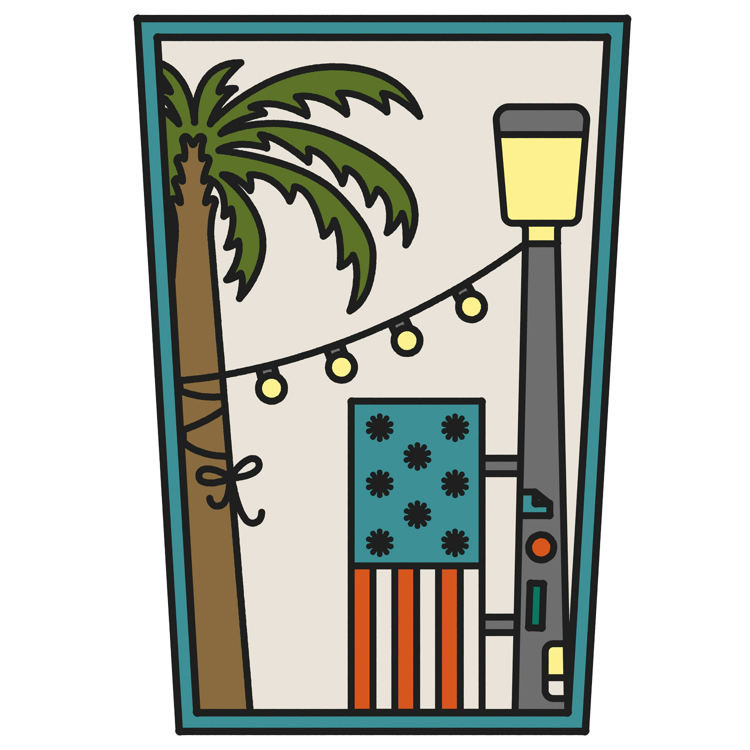
Technically a city, Henderson feels like a teeny-tiny little hamlet beside its next-door neighbour Las Vegas. In fact, Henderson is where those nice people you’ve been tipping all weekend live – and, crucially, where they go to relax after they clock off. That means it’s got 73 parks, 185 miles of trails, friendly little bars, down-home restaurants – and all the kitsch Art Deco Americana of old-time Vegas, but without the crowds.
Pigeon Forge, Tennessee
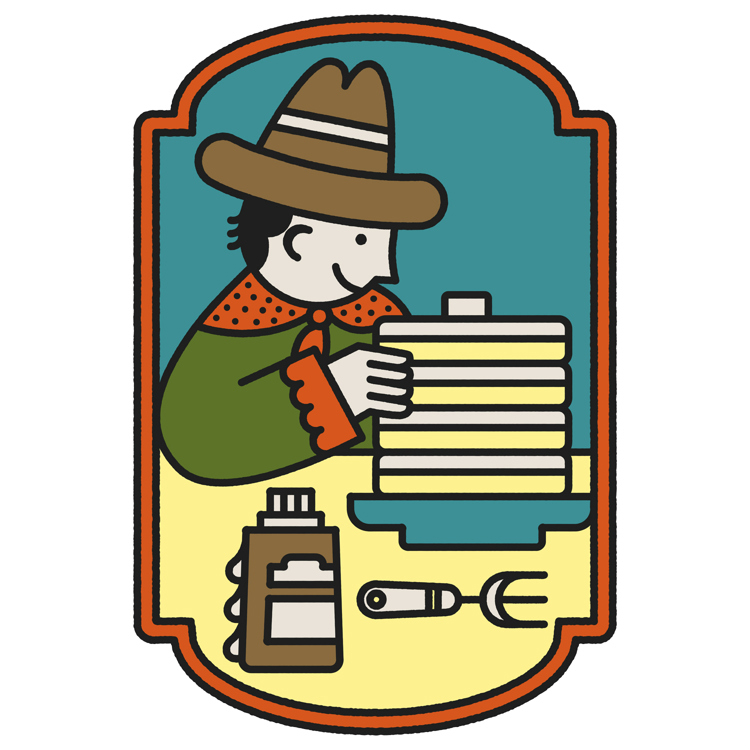
If it got any cheesier, the French would start eating it, but there’s a wholesome apple-pie side to this family-holiday haven, too. Mom-and-pop pancake houses and campgrounds mingle with odd little attractions such as the Southern Gospel Hall of Fame & Museum or Hatfield & McCoy Dinner Feud, but for Americana overload it has to be Dollywood, the Smoky Mountain-themed theme park that Parton part-owns. When it all gets a bit much (and it will), light out for those bluegrass hills themselves: Great Smoky Mountains National Park is minutes down the road.
Hudson, New York
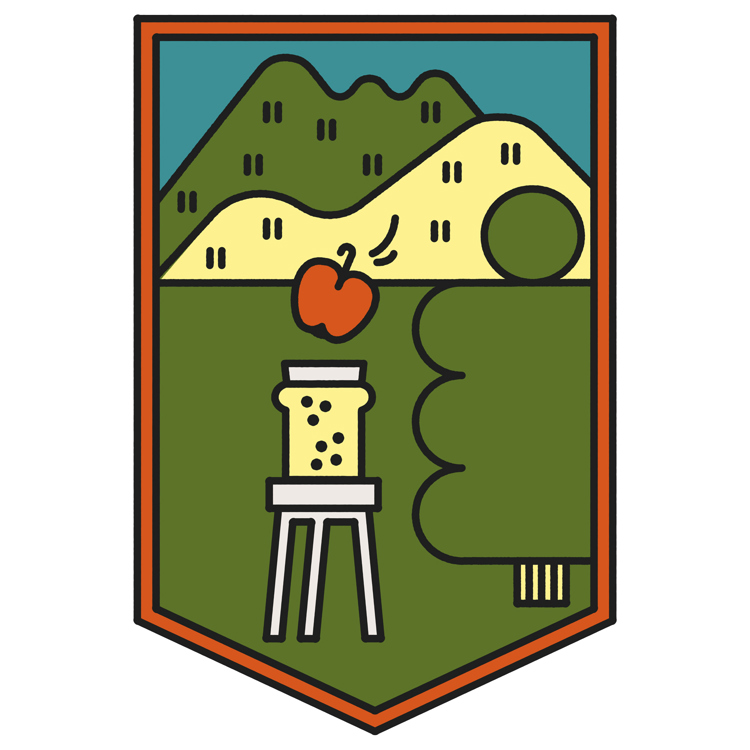
The most New Yorky small town you can imagine, Hudson has a centre that’s filled with urbane art galleries, funky antique shops, LGBTQ-friendly bars and sophisticated hotels (try The Maker, inspired by perfumes). Round the town’s edge are orchards and cider breweries, and beyond are the beautiful wildflower meadows and waterfall walks of the Catskills and Hudson Valley. Then, a mere two hours’ riverside drive away, there’s the Big Apple itself – just in case you want to see what happens when a small town gets dangerously carried away…







